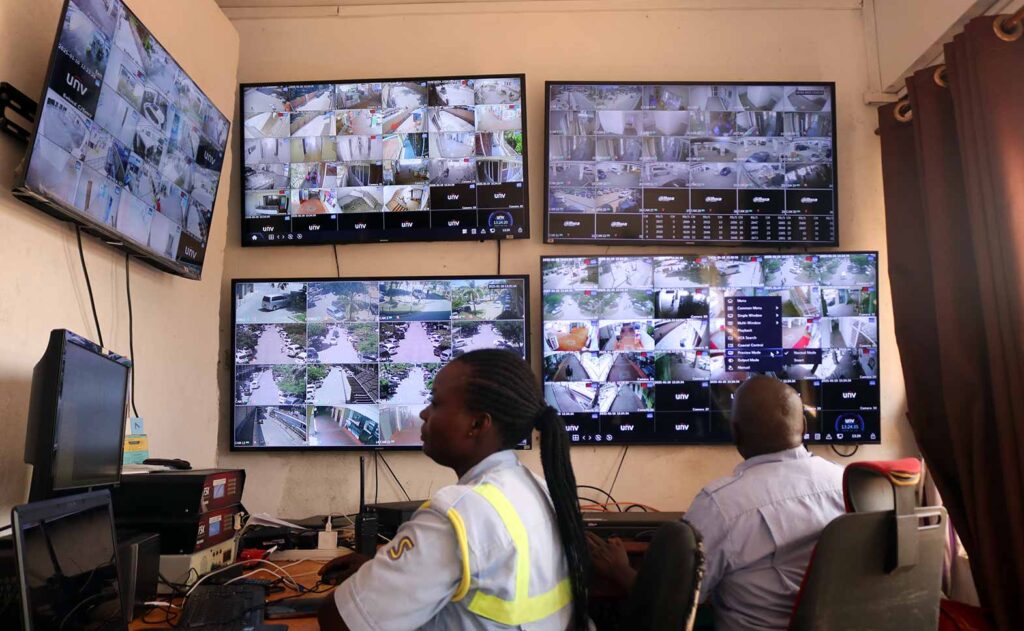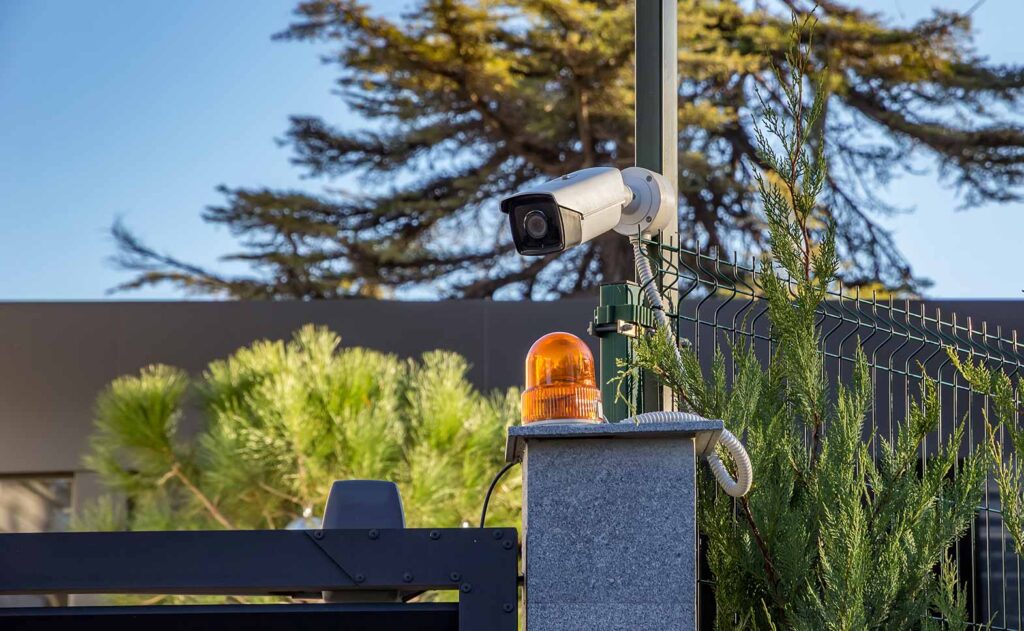In today’s rapidly evolving security landscape, the integration of advanced technology has become not just a competitive advantage but a fundamental necessity. Security companies are moving beyond traditional guarding to embrace a wide range of innovative tools that enhance effectiveness, responsiveness, and safety. In Kenya, this shift is particularly visible, with both businesses and residential clients increasingly seeking tech-enabled security solutions.
Why Technology Matters in Security Today
Gone are the days when physical presence alone could guarantee safety. As criminal tactics grow more sophisticated, so must the systems designed to prevent and respond to them. Technology in modern security services bridges the gap between real-time awareness and rapid response, allowing for smarter, faster, and more reliable protection.
Security companies like Solvit Security Solutions have recognized this change and have invested heavily in technology that complements human guards with intelligent systems. From surveillance and communication to access control and data analytics, every aspect of security has been touched by innovation.
Key Technologies Shaping the Security Industry
CCTV Surveillance Systems
Closed Circuit Television (CCTV) is perhaps the most recognized technological tool in security. Modern CCTV systems offer high-definition video, night vision, motion detection, and even facial recognition capabilities. These systems act as a strong deterrent to crime and provide valuable evidence when incidents occur.
More importantly, remote access through smartphones or control rooms allows security teams to monitor multiple sites in real time, improving coverage and coordination.
Alarm and Intrusion Detection Systems
Intrusion detection systems work by alerting guards or property owners whenever unauthorized access is attempted. These alarms can be integrated with mobile apps or central monitoring stations to trigger quick interventions. When combined with motion sensors, door/window contacts, and glass break detectors, these systems create a robust first line of defense.
Biometric Access Control
Biometric systems use fingerprints, facial recognition, or retina scans to control access to secure areas. This technology ensures that only authorized individuals gain entry, reducing the risk of internal threats or unauthorized breaches. It’s particularly useful in high-risk environments such as data centers, banks, and corporate offices.
Real-Time GPS Tracking and Patrol Management
Security companies now use GPS-enabled devices to track guard movements and ensure patrols are done on schedule. This not only improves accountability but also enhances the safety of the guards themselves. Clients can receive real-time reports and alerts, providing transparency and peace of mind.
Central Monitoring Stations
Central monitoring rooms equipped with video walls and integrated software allow operators to oversee multiple sites, detect anomalies, and dispatch response teams quickly. These stations can also be used to manage emergencies, coordinate responses, and maintain constant communication with ground personnel.
Drones and Aerial Surveillance
Though still emerging in Kenya, drones are gaining popularity for surveying large properties or difficult-to-access areas. Equipped with high-resolution cameras and thermal imaging, drones can patrol large estates, construction sites, or event venues with minimal human intervention.
Artificial Intelligence and Predictive Analytics
AI systems can analyze data from cameras, sensors, and access logs to detect patterns and predict potential threats. This proactive approach allows for preventive measures instead of just reactive responses. Predictive analytics can also help companies allocate resources more effectively based on risk levels and historical data.
Benefits of Embracing Technology in Security
Enhanced Efficiency
With technology handling routine monitoring, human guards can focus on tasks requiring judgment, presence, or interaction. This division of roles increases overall efficiency and reduces response time in emergencies.
Improved Accuracy and Reporting
Digital systems reduce human error and provide detailed reports that are easy to analyze. Clients can receive automated summaries of incidents, patrol logs, and video evidence, helping with audits and insurance claims.
Better Deterrence and Visibility
Visible cameras, alarm systems, and signage about surveillance serve as powerful deterrents to criminal activity. The knowledge that a property is being actively monitored discourages would-be intruders.
Scalable Solutions
Tech-based systems can easily be scaled as a business or property grows. Additional cameras, sensors, or access control points can be integrated into an existing network without overhauling the entire system.
Cost-Effective in the Long Run
While the initial investment in technology can be significant, it often leads to lower operational costs over time. Fewer guards may be needed per site, and remote monitoring reduces the need for physical patrols.
The Future of Security: Integrated Solutions
The future of security lies in integration. A smart, tech-enabled security system combines guards, cameras, alarms, access control, and real-time analytics into one seamless operation. This holistic approach not only enhances security but also improves communication, data sharing, and decision-making.
Clients will increasingly demand systems that offer both physical presence and digital oversight. For companies like Solvit, staying ahead means continuously investing in innovation, training, and partnerships that ensure clients receive cutting-edge protection.
Technology is not replacing security guards, but empowering them to do their jobs better, faster, and more safely.
Looking for security solutions that combine professional expertise with the latest technology? Contact Solvit Security Solutions to learn more about our integrated security offerings.



